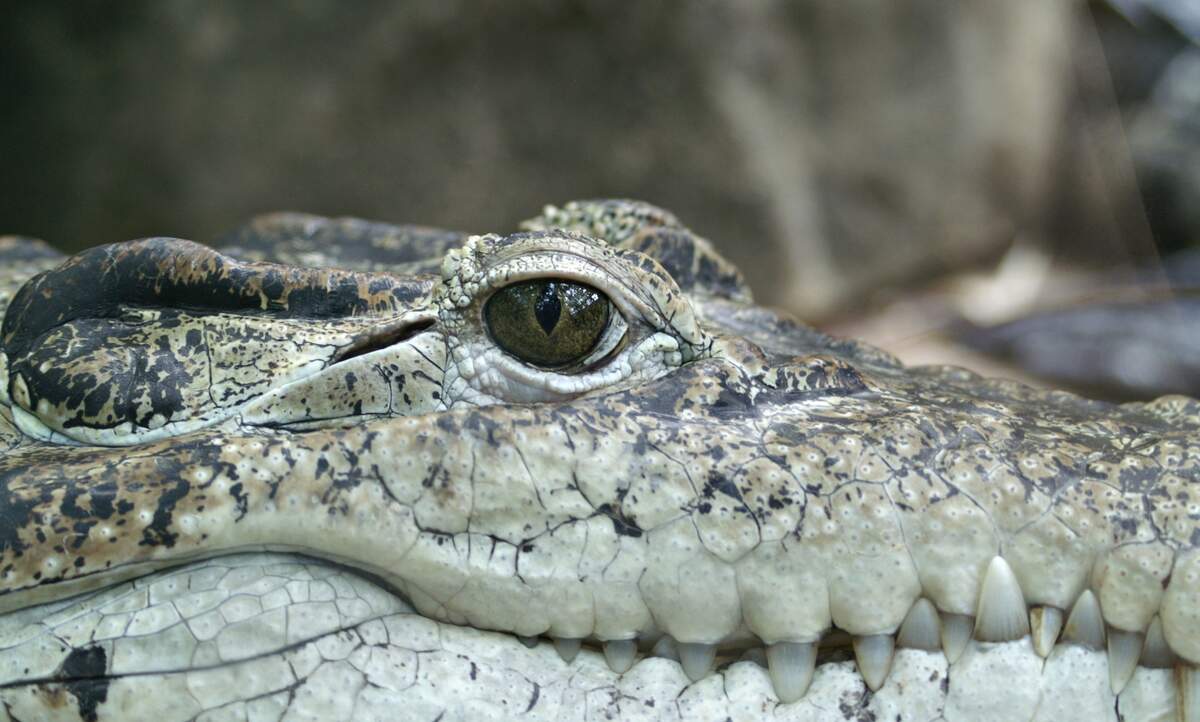

World Croc Day
Also known as
World Crocodile Day
Observed
annually on June 17th (since 2017)
Dates
Founded by
Hashtags
Sources
https://web.archive.org/web/20200509021856/https://thereptilereport.com/world-croc-day/
https://www.britannica.com/story/whats-the-difference-between-alligators-and-crocodiles
https://www.facebook.com/WorldCrocDay/
https://www.livescience.com/27306-alligator-facts.html
https://www.livescience.com/28306-crocodiles.html
World Croc Day is "a global awareness campaign to highlight the plight of endangered crocodiles and alligators around the world." Crocodiles and alligators are celebrated and there is hope the day will encourage people to get involved in helping them. World Croc Day was organized by the Crocodile Research Coalition in conjunction with the Belize Zoo. During past celebrations, events have been held at the zoo and the day has been marked around the world.
While the holiday takes on the name of crocodiles, it is for alligators as well. This makes sense, as the animals are similar in a number of ways. They both are large reptiles from the order Crocodilia that have short legs, powerful tails, long snouts, and bony-plated backs. But they have differences, too, and there are ways to tell them apart. One of the most notable differences is their snouts: alligators have broad and rounded U-shaped ones, while those of crocodiles are narrow and pointed like a V. When alligators have their mouths shut, their bottom teeth can't be seen. But when crocodiles close their mouths, some of their bottom teeth are visible. There tends to be a color difference between the two reptiles. Alligators are gray or black, while crocodiles tend to look more olive, gray-green, or tan. Crocodiles usually live near saltwater, while alligators make their homes near freshwater. Lastly, crocodiles are more aggressive than alligators—and more likely to attack humans. Alligators usually don't attack humans unless they feel threatened.
Crocodiles live near lakes, rivers, and wetlands in the tropical regions of Africa, the Americas, Asia, and Australia. There are thirteen species, which range in size. The smallest, the dwarf crocodile, reaches about 5.6 feet in length and weighs between 13 or 15 pounds; the largest, the saltwater crocodile, may reach over 20 feet in length and weigh over 2000 pounds. The most threatened—the one that most awareness should be raised about today—is the Cuban crocodile. The American crocodile has also been vulnerable, although its population has been increasing.
Crocodiles are carnivores, subsisting on fish, crustaceans, frogs, and birds. While they have strong jaws for chomping, being able to apply 5,000 pounds of pressure per square inch, they don't have much strength to open them, so the jaws can easily be held shut. Crocodiles can hold their breath for an hour, can swim up to 20 mph, and can run up to 11 mph. Mother crocodiles lay 10 to 60 eggs at a time, and hatchlings take 4 to 15 years to reach maturity. Depending on what species they are, a crocodile may live 30 to 75 years.
Alligators take their name from the Spanish words for "the lizard": el lagarto. Although there once were more, there now are just two species: the American alligator and the Chinese alligator. The latter is threatened and is thus where particular attention is focused today. American alligators can grow over 11 feet and a weight of almost 1,000 pounds, while Chinese alligators grow to between 4.6 and 4.9 feet and only weigh around 50 pounds. American alligators live in the southern United States, from eastern Texas and southeastern Oklahoma, all the way over to Florida, and up the coastal areas of the Carolinas. Chinese alligators live in the Yangtze River basin close to the Pacific Ocean in eastern China.
Like crocodiles, alligators are carnivores. They subsist on fish, mollusks, small mammals, other reptiles, and birds. They also move at about the same speed on land and in water as crocodiles do. Alligators tend to come together in groups called congregations to sit in the sun and to swim. Females lay their eggs in nests they make out of mud, sticks, and plants. They lay 10 to 50 eggs at a time and cover them with the same material they use to make their nests. Interestingly, the temperature of the nest helps determine what the sex of the hatchlings will be. If the nest is kept below 82.4 degrees Fahrenheit they usually are female, while if it is above 91.4 degrees they are male. If the temperature is somewhere in the middle, there is an even number of males and females. Hatchlings are able to catch their own food, but stay under their mother's protection for about two years.
While all crocodiles and alligators are celebrated on World Croc Day, specific consideration is given to those that are threatened in some way. Cuban crocodiles, American crocodiles, and Chinese alligators have all faced threats in the twenty-first century. Today, people stand up to help these reptiles and make sure other crocodiles and alligators don't face threats.
How to Observe World Croc Day
Spend the day celebrating, raising awareness about, and helping alligators and crocodiles. You could put your support behind organizations such as the Crocodile Research Coalition or the Crocodile Specialist Group. Let others know about the threats that certain alligators and crocodiles face. Check to see if any official events are being held. You could also view these magnificent creatures in the wild or in a zoo.





















